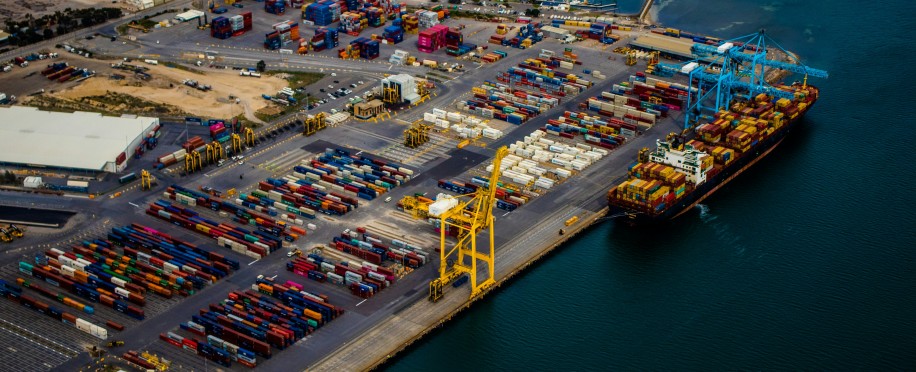Copyright © 2025 lmitac.com All Rights Reserved. Contact - Terms and Conditions - Privacy Policy - Quality Policy - Become an instructor - Vacancies - Sitemap
London Maritime Academy is a trade name for London Premier Groupversion: 2.9.0
London Maritime Academy is a trade name for London Premier Group

Posted on : 11/14/2025, 8:49:23 PM
Port and terminal productivity directly impacts the entire supply chain and maritime shipping industry, thus, berth productivity is a highly important factor in handling cargo and boosting port performance and time management.
Furthermore, berth productivity measures the real capacity of the port and terminal and their efficiency in managing arrival and departure times, and containers per hour or crane from a docked vessel.
In this article, we will discuss with you all about berth productivity per hour or crane, the main important measures and metrics, basic operational factors in berth productivity, and the key benefits of having high berth productivity and crane productivity on the entire port occupancy, productivity, and performance.
Berth productivity metric measures how many containers are managed per hour in the port or terminal while loading, unloading, or repositioning the vessel in the deck, reflecting speed and effectiveness in port workflow.
Usually, berth productivity rate or time is measured in container moves per hour from the vessel, or crane moves per hour, to show how quickly work is completed within the port or terminal when receiving and handling cargo from a ship.
The berth productivity rate helps the port management know and evaluate the port situation and what needs to be improved to achieve higher container moves and berth productivity.
Whether this means upgrading crane numbers, terminal technology, or crew skills with London Maritime Academy (LMA) courses in one of LMA's regional offices in Dubai, Barcelona, Amsterdam, Kuala Lumpur, Istanbul, Athens, or London.
Whether you are following up on crane and berth productivity to evaluate inland ports and their role in enhancing intermodal transportation, or to measure and enhance the port time management and performance. You need to effectively follow up on these metrics:

With the best maritime operations courses in London, you will not only read about important metrics of productivity at the berth, but also understand and be ready to measure all of them effectively and accurately:
Crane productivity is directly attached to the crane itself and how advanced it is, crane productivity measures how many containers a crane can handle in one hour or per the given time. This crane productivity directly impacts the overall berth productivity.
Even if you have the most advanced productivity infrastructure, yet without qualified, skilled, and well-trained workers, you will not operate effectively, moreover, experienced labour reduces errors, delays, and unplanned downtime during cargo loading and unloading.
Whether we are talking about quay cranes, trucks, container facilities, or IT systems, modern and well-maintained equipment supports faster cargo handling, reduces unnecessary vessel movement and waiting time, and boosts overall port operating capacity and scheduling approach.
Well-planned maintenance schedules, based on efficient data analysis and understanding, are highly important in keeping good and high berth productivity rates and allowing assets improvement. Furthermore, a time-based maintenance process prevents delays, keeps carriers and equipment in optimal condition, and avoids critical breakdowns.
Berth productivity per hour in ports and terminals is a highly important and effective measurement to follow for many reasons, including:
High crane and berth productivity indicators per hour mean that all vessels and ships are spending less time at the port, leading to a boost in the international maritime shipping industry, reducing overall port costs, and improving the total number of vessels the terminal can serve.
We can say that port or terminal congestion directly impacts the operators efficiency in cargo handling, therefore, powerful berth productivity at the port reduces vessel waiting time and ensures a smooth flow of handled operations.
A ship, especially international ones, works based on a well-planned schedule, thus, accurate time planning for cargo loading and unloading is very important to keep shipping lines tied to average times and avoid costly container shipping delays at sea.
Fast and well-organised port and terminal operations, with high crane productivity, reduce critical container errors and lower the risk of handled cargo damage while operating, leading to fast and safe cargo movements from all ships.
Berth productivity per hour is something all and any port should work to determine and improve with better terms, contract and time management, and achieved cargo moves in ports and terminals.
However, for that to be done effectively, you need to attend professional maritime operations training courses with accredited certifications and professional tutors.